Discovering Your Niche: A Career in Healthcare
Caregiver Support Services
SEPTEMBER 1, 2024
In this blog, we will investigate some of these fascinating medical professions and examine what each entail, educational pathways available, unique contributions they make toward improving healthcare delivery. Nurses may choose from specialty fields such as emergency medicine, oncology or geriatrics that align with their passions.

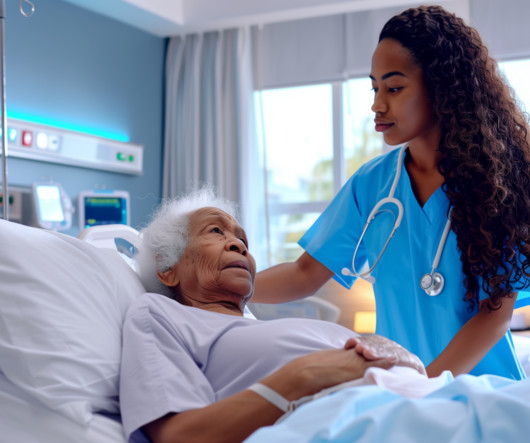
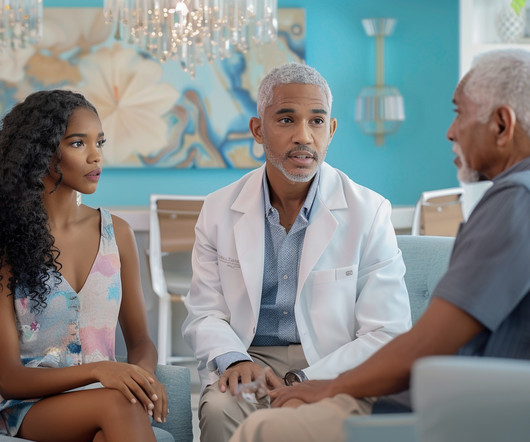

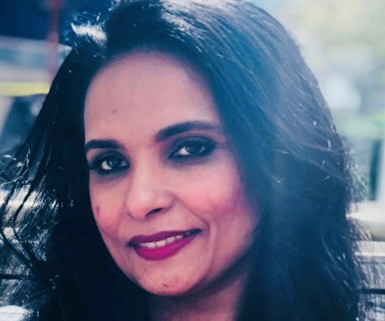
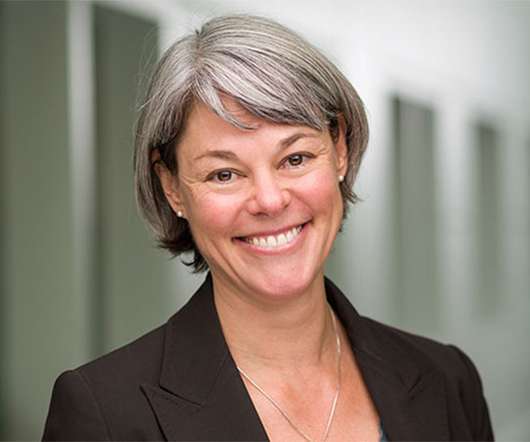
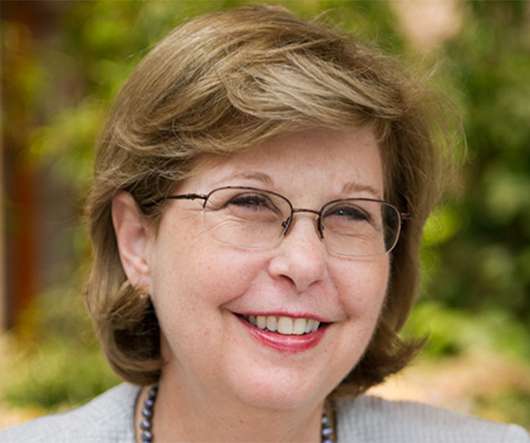
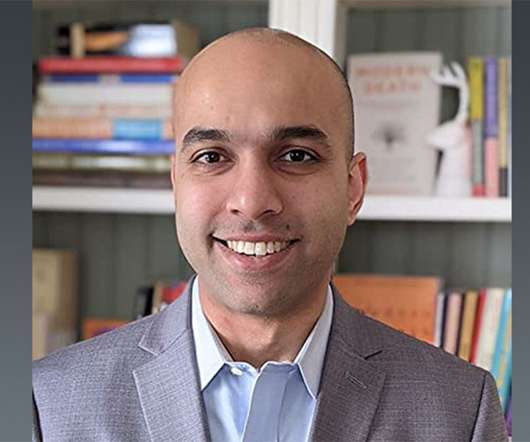







Let's personalize your content